How to Beautifully Integrate Smart Home Technology Into Any Room

Innovative technology is more than added functionality — it's crucial to a home's ability to keep up with the changing pace of modern living. Tools such as robot vacuums, smart ovens and Internet of Things (IoT) devices are becoming a part of everyday life.
Yet not everyone is thrilled with the idea of robotic everything and AI-driven software, and many people worry that these devices are aesthetically displeasing. Integrating smart home technology into an interior style may be the final piece to embracing modern features. Here are a few techniques to help homeowners blend smart home technology with any design style.
1. Consider the Style
By 2030, consumers will use over 31 billion IoT devices globally. Manufacturers are creating more customizable smart home technology, so whether a person embraces a trendy movement or prefers a minimalist style, they will likely find something to blend with their home's overall look. For instance, a bohemian living room might utilize a brightly patterned sticker to cover a robot vacuum’s surface, and a minimalist might choose a hidden porch camera.
2. Mount Equipment
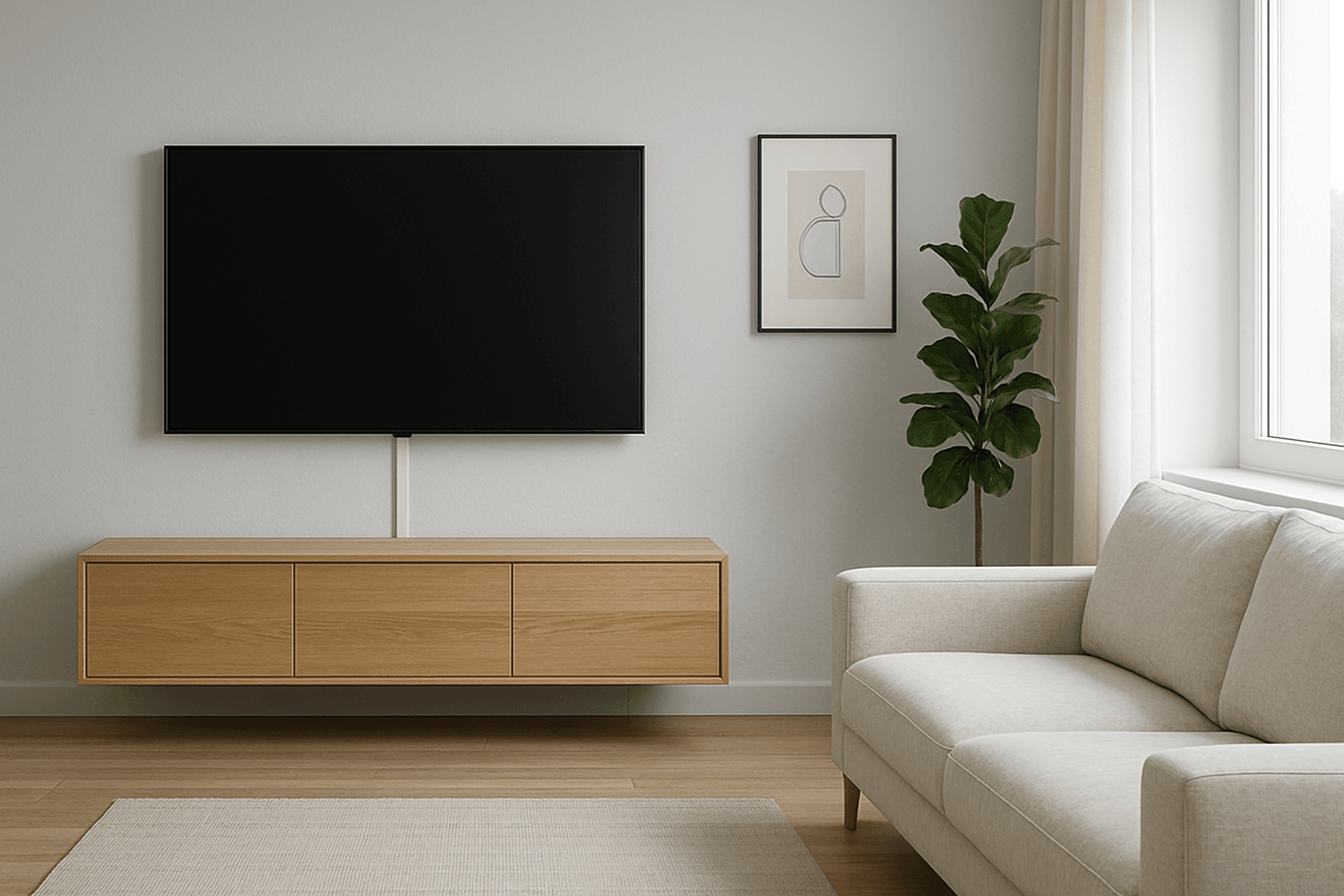
Smart home technology allows users to browse the internet with a smart TV, look up a recipe while cooking dinner or videoconference with family worldwide. However, too many wires and cables can be unsightly. To enhance the appearance of large innovative appliances, homeowners can mount televisions and computers on the wall. Try tucking wires away with a strip that matches the wall's paint color and blends into the background for a seamless appearance.
3. Opt for Smartphone Controls
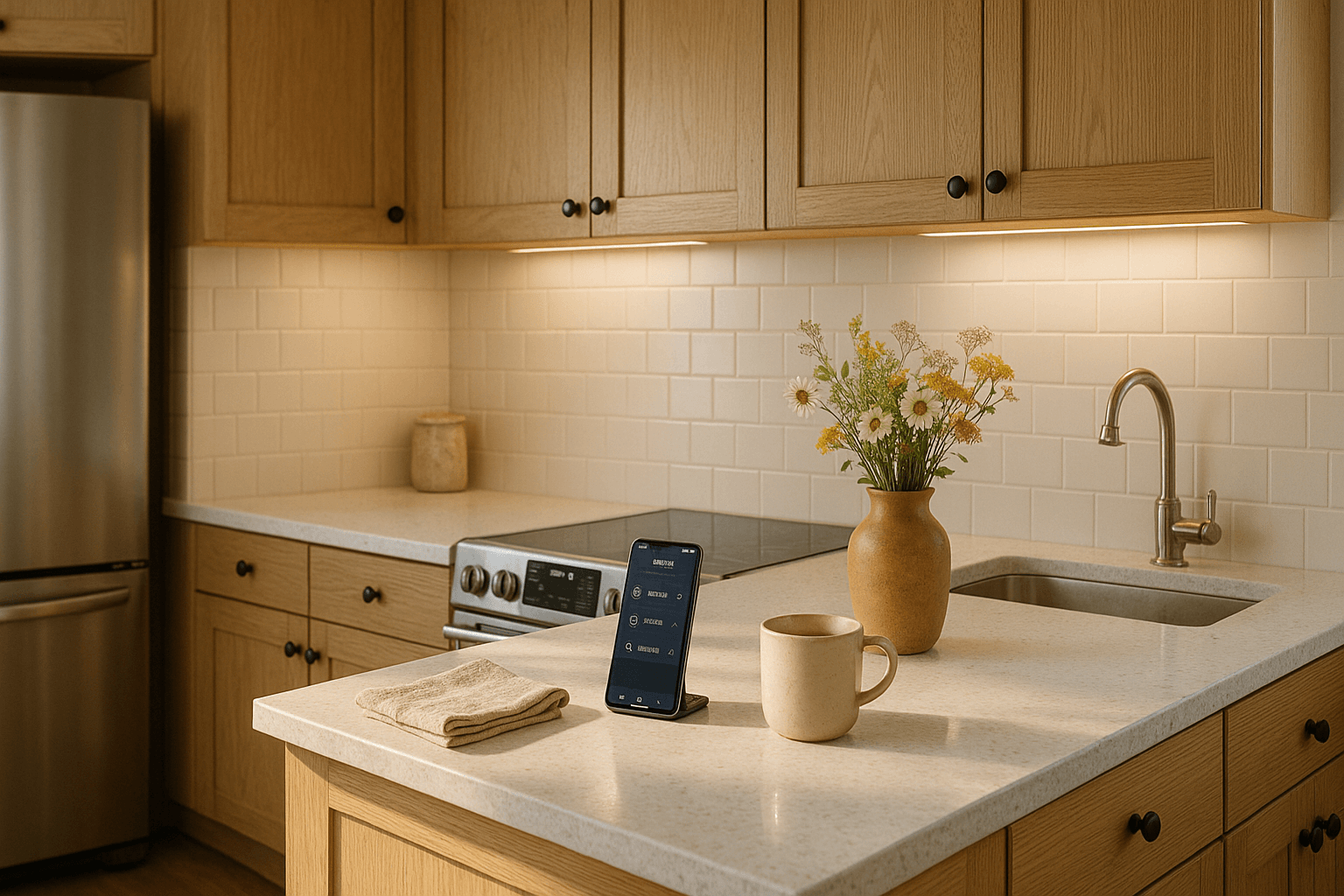
Tons of remote controls scattered around messes with a minimalistic vibe. Fortunately, today’s devices are easily controlled with mobile apps. For example, indoor security cameras and smart garage door openers embrace Wi-Fi and add additional security through alerts and remote access to manage the home from a distance. The stylish upgrade brings smart function to the entirety of a home without adding more stuff.
4. Create Built-Ins
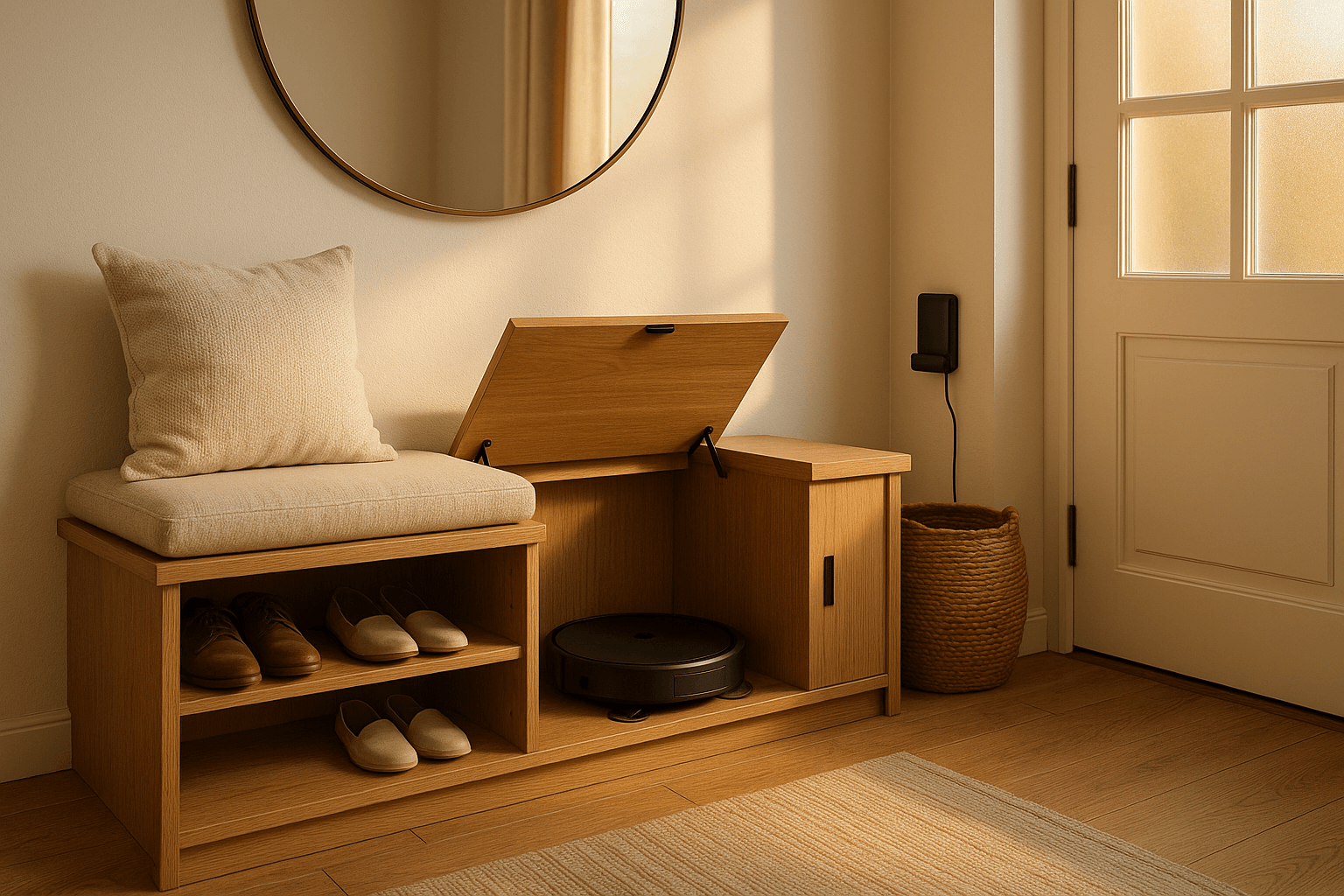
Robotic vacuums that clean floors, smart screens that display calendars, refrigerators that sense when the milk jug is almost empty and the many cables and wires that go with all the smart devices in the home can create clutter. However, the time-saving automation of keeping floors debris-free with zero effort and having an appliance order your groceries is helpful for busy families. Homeowners can create built-ins that offer storage solutions for all the gadgets.
Add shelves to serve as charging stations and tuck away wires. Build a cover for the vacuum and mop that also serves as a place to set shoes when people walk in the door. Look for ways to cover, tuck away and hide devices so they don’t impact the room’s vibe.
5. Go Neutral or Go Bold
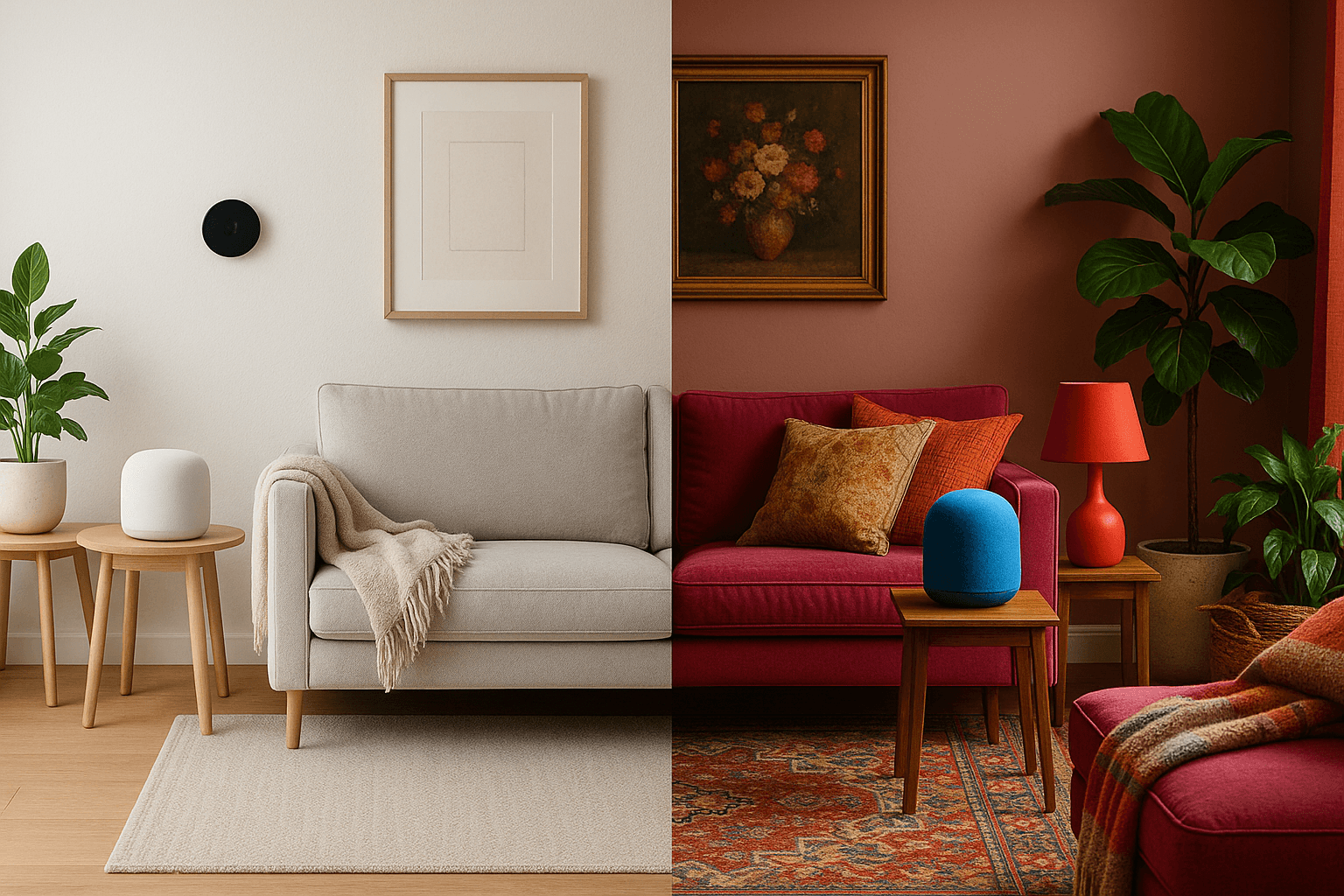
Decide whether you want your smart home technology to blend in or look like a piece of decor. Neutral finishes aim to mix with other things in a space and not draw attention. For example, a homeowner may choose matte black or white for smart switches, speakers, lights and thermostats to blend with any decor.
On the flip side, they may go with bold colors and embrace the rising trend of color drenching to brighten up a space. Smart speakers and appliances now come in a variety of materials and finishes to match users’ personal home styles.
Living in Harmony
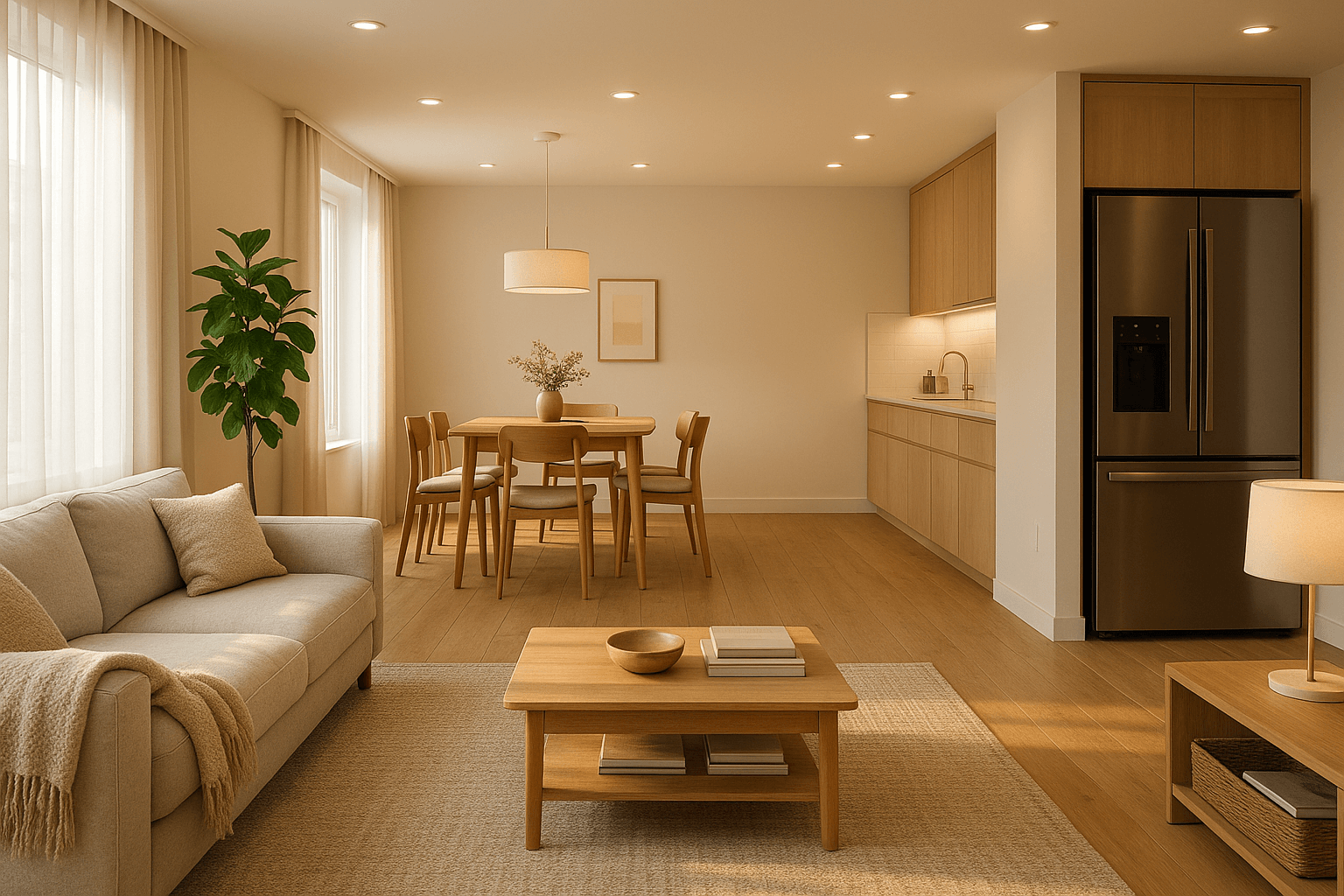
Smart home technology can complement personal decorating preferences. Choose devices that enhance the room’s look and carefully hide what doesn't match. With these integration tips, IoT devices can enhance every room in a house and keep it looking like something out of a home and garden magazine.
Ready to create a space that’s both smart and beautiful? Download the DecorMatters app to visualize your smart home tech integrated into your decor—effortlessly design room layouts, choose finishes, and customize how technology complements your style. Make your home smarter and more stylish today!
UP NEXT: How is Smart Home Technology Transforming Interior Design for Homeowners?
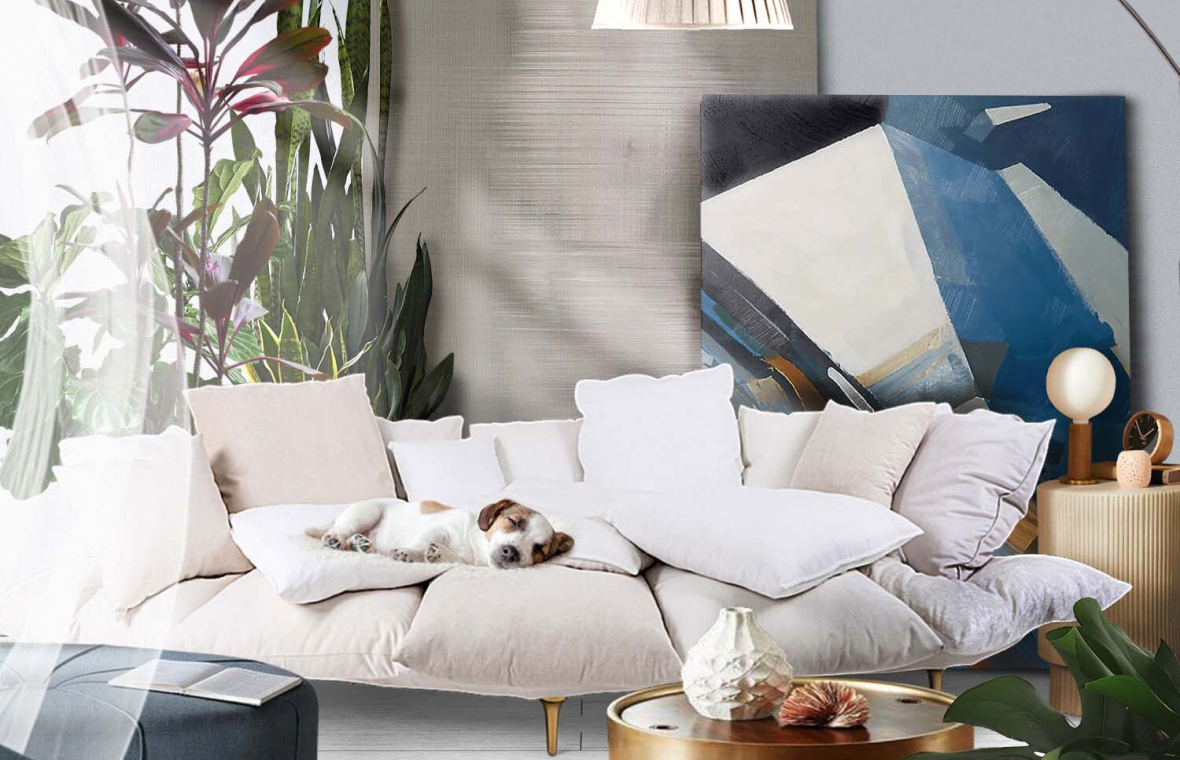
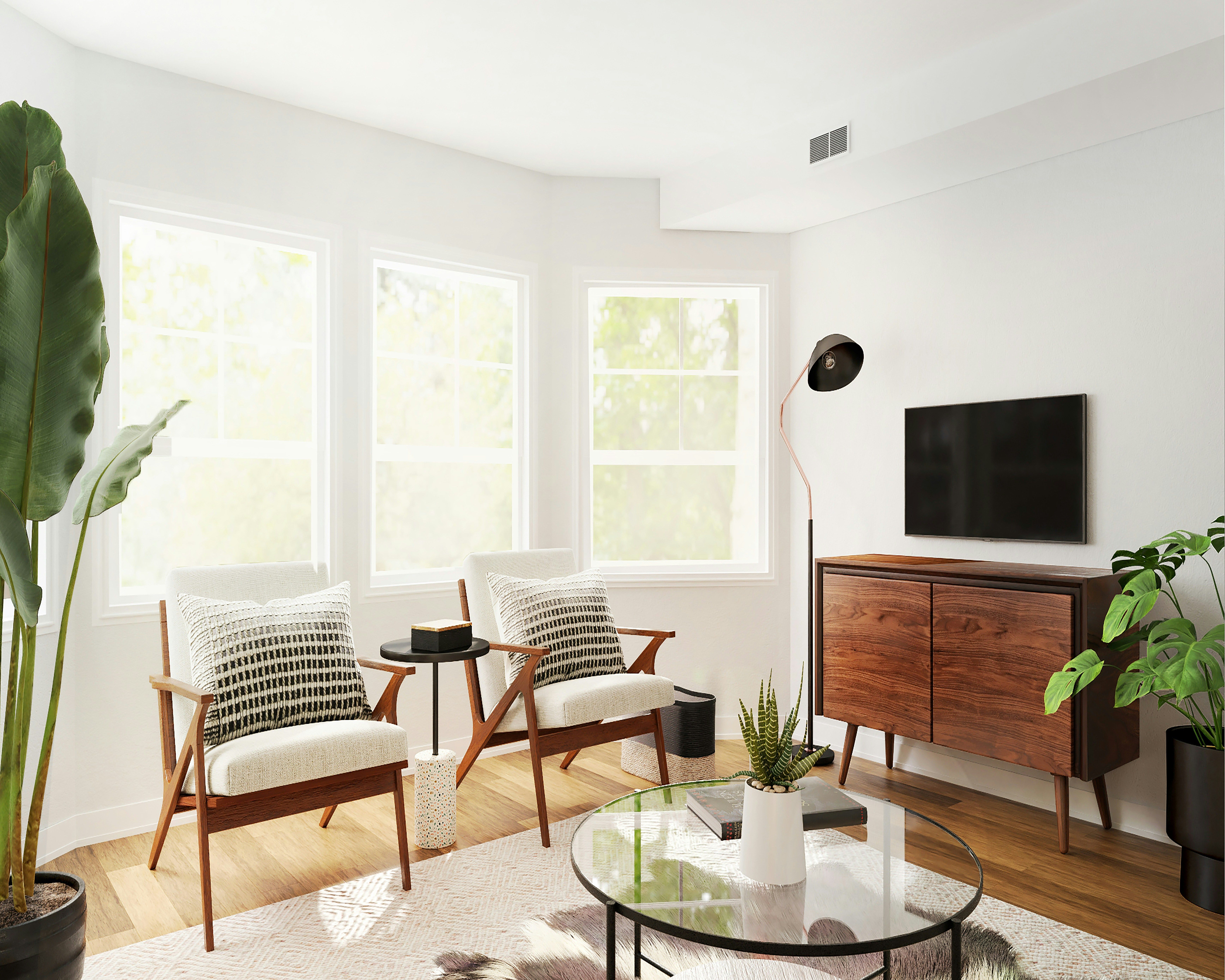
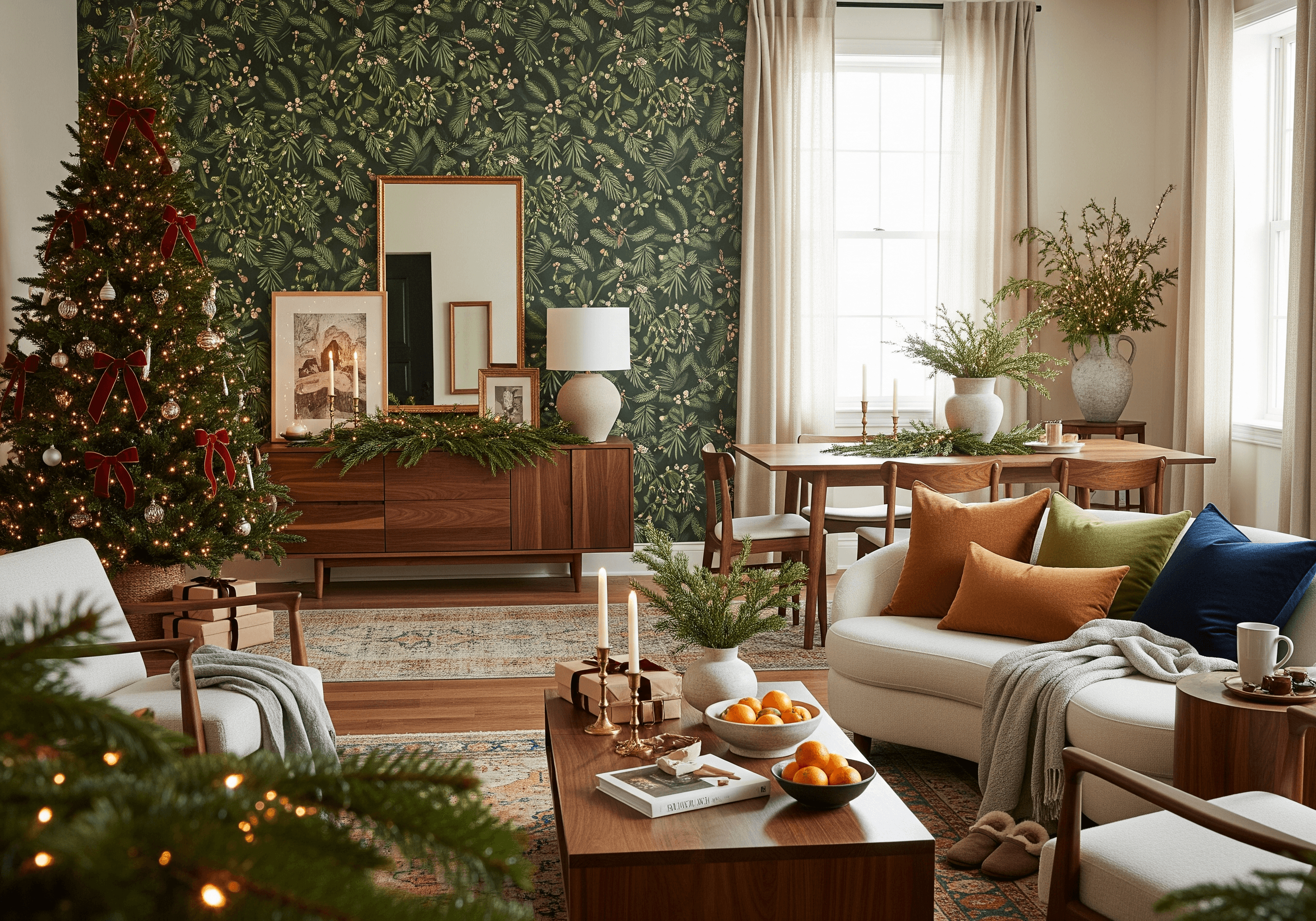
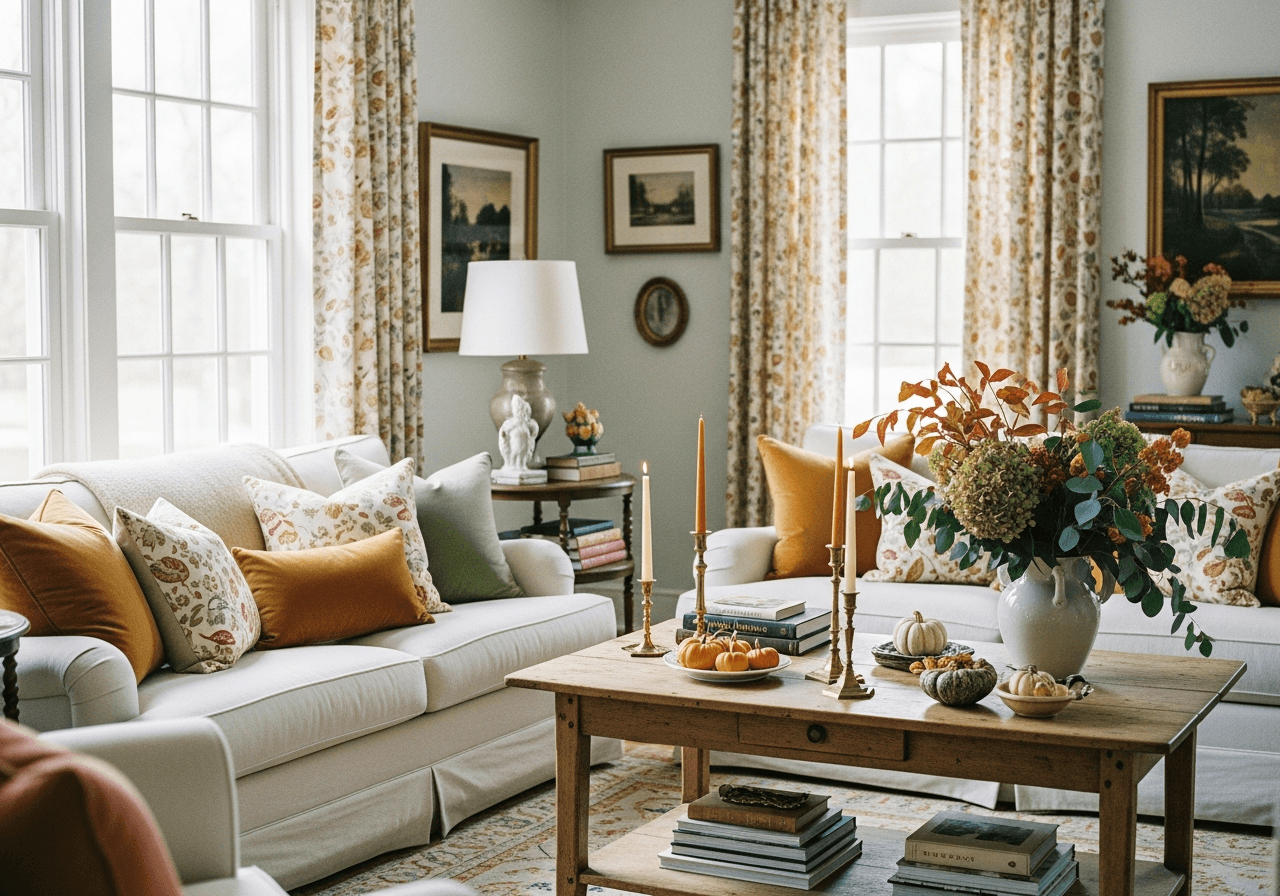
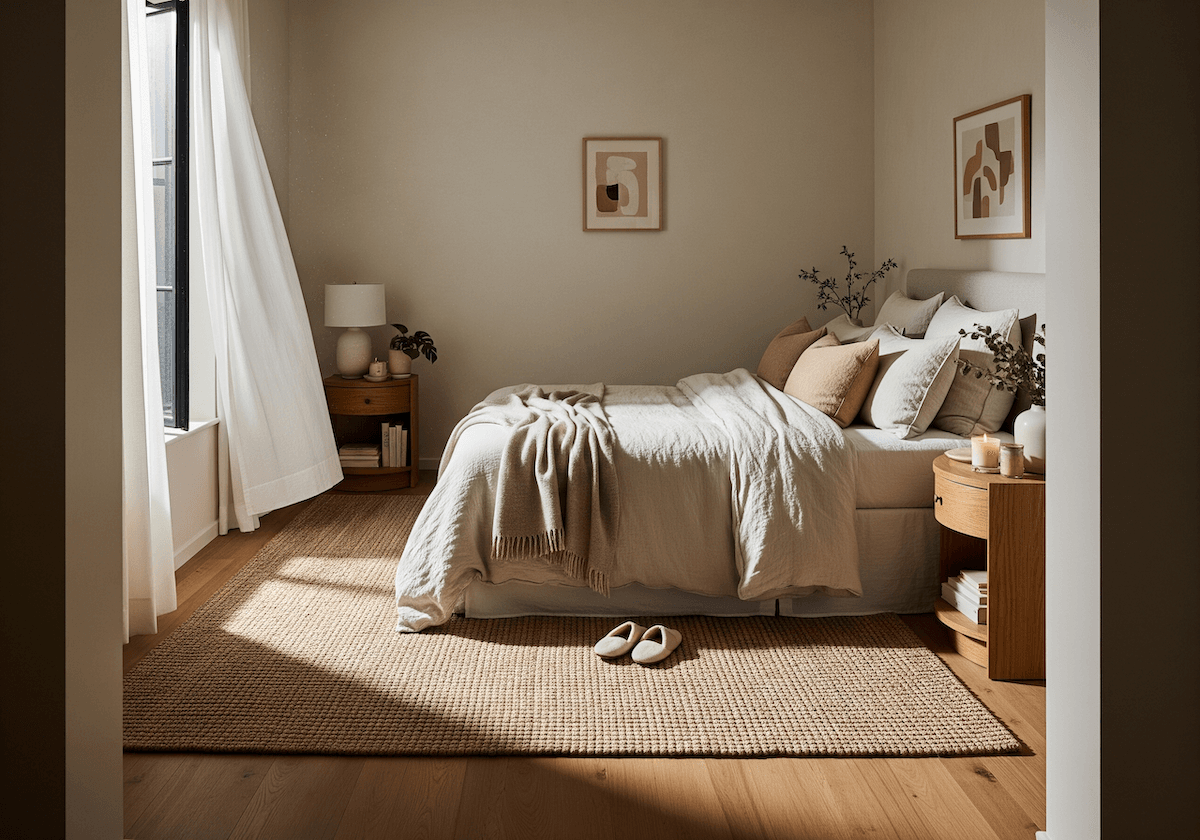
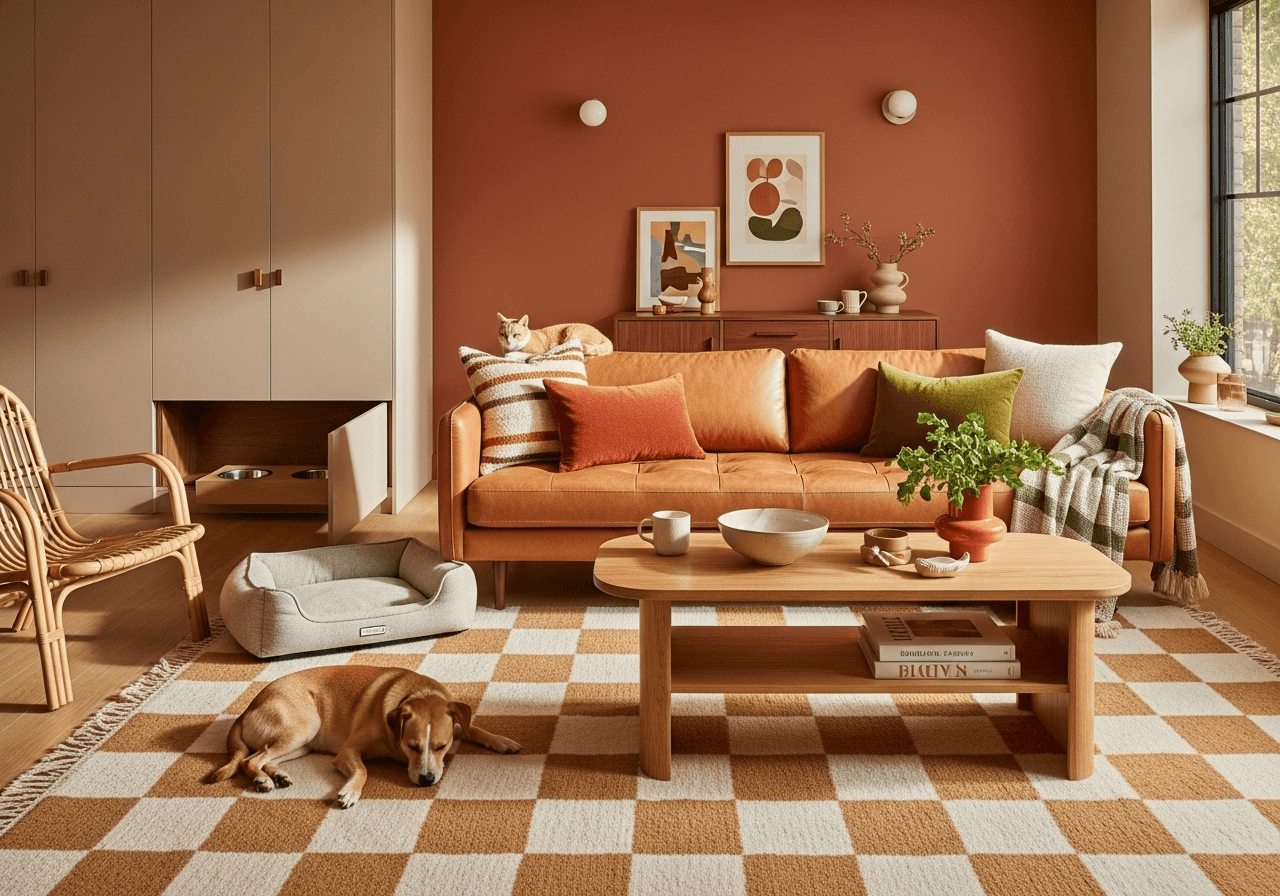
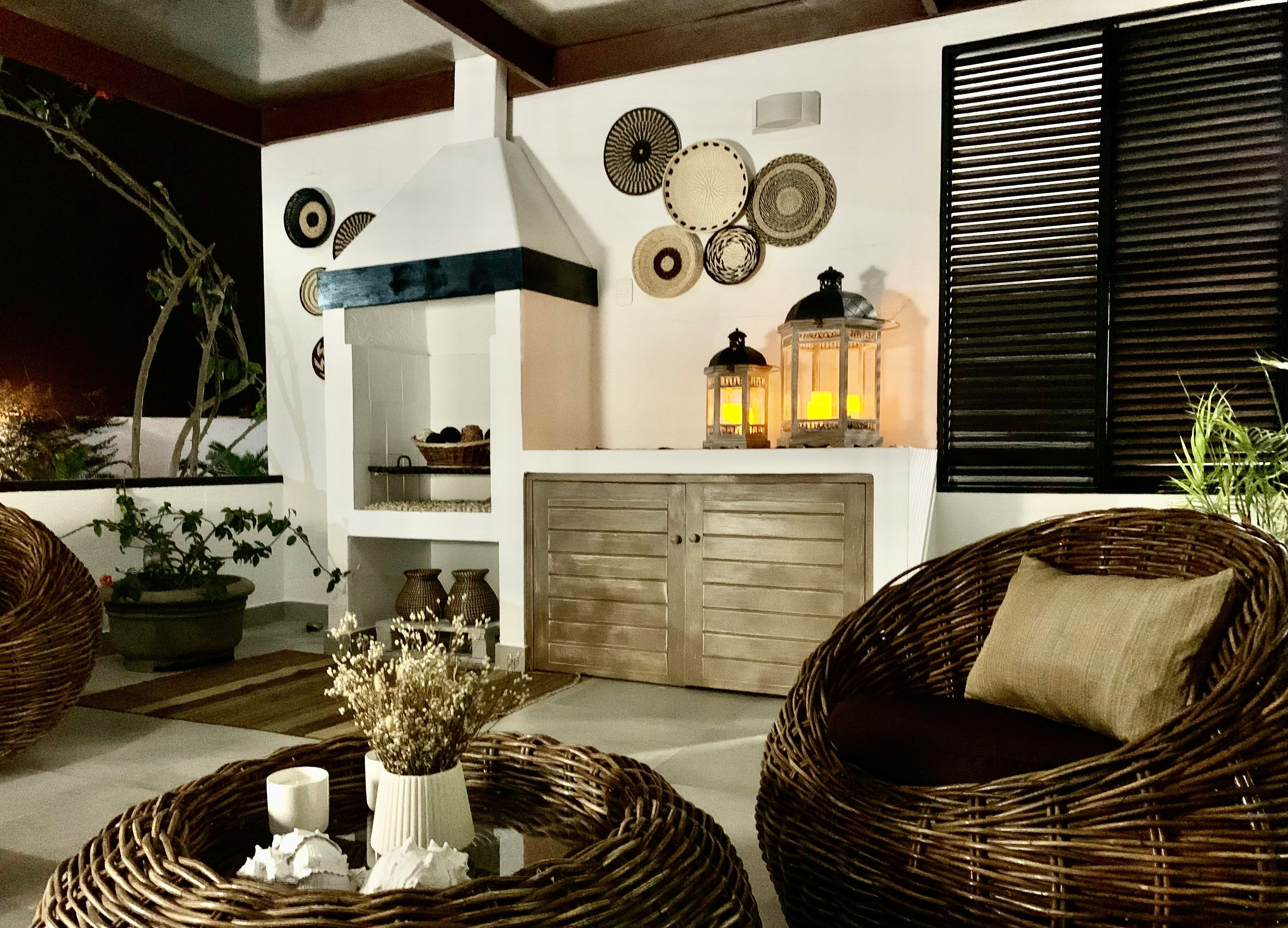


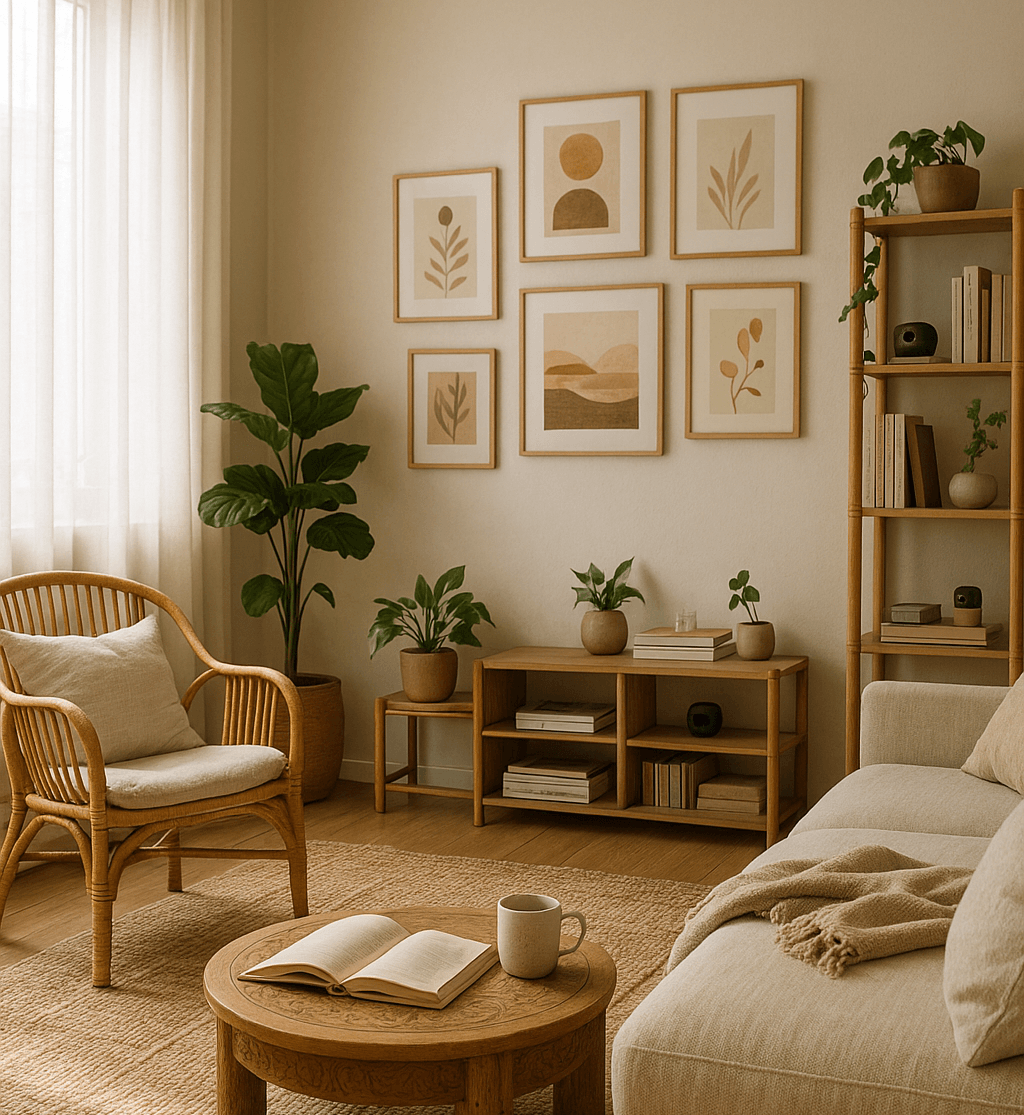
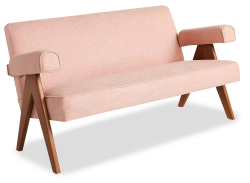
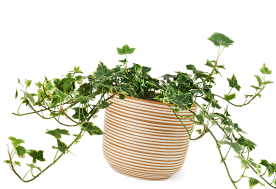
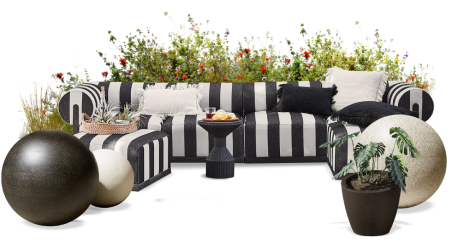
 20h left
20h left




